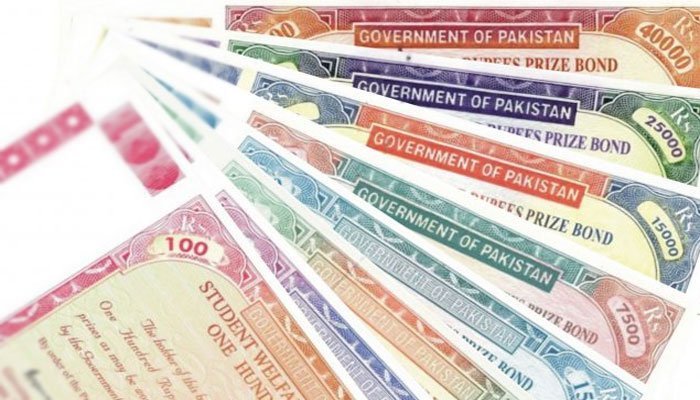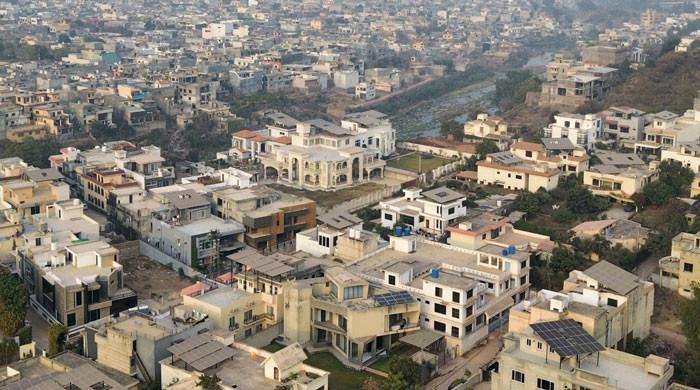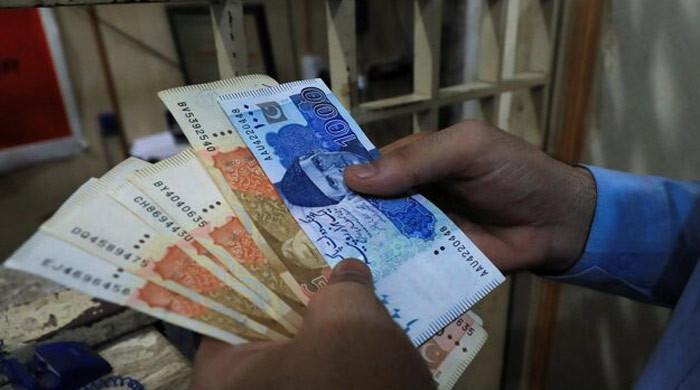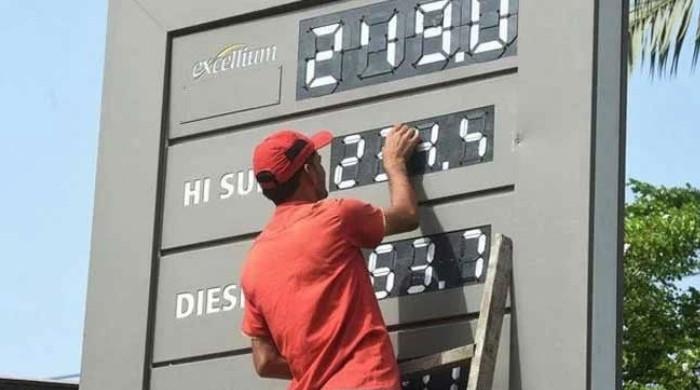Prize bonds: Govt extends date for encashment, conversion and redemption
Pakistan extends date for encashment of prize bonds of Rs40,000, Rs25,000 and Rs15,000 prize bonds till Sept 30, 2021
May 30, 2021

The government has extended the date for encashment, conversion and redemption of prize bonds of Rs40,000, Rs25,000 and Rs15,000 till September 30, 2021.
The last date for encashment, conversion and redemption of prize bonds of Rs40,000, Rs25,000 and Rs15,000 denominations “is extended up to 30th September, 2021,” according to three finance division’s notification.
In December last, the government had extended the deadline for Rs40,000 bonds to December 30, 2021, while the last date for Rs25,000 and Rs15,000 bonds was May 31 and June 30.
The procedures for encashment/conversion/redemption of the prize bonds will remain the same. The bonds can be replaced with savings certificates and premium prize bonds or encashed at the face value.
The bonds can be converted to premium prize bonds through the 16 field offices of SBP Banking Services Corporation and branches of six authorised commercial banks.
The previous government had launched premium prize bonds in April 2017. These prize bonds are issued only against computerised national identity card and bank accounts of bondholders. Initially, the deadline for encashment or redemption was March 2020.
According to data, investors have withdrawn approximately Rs380bn after a one-and-a-half year period after the suspension of the unregistered bonds of Rs40,000 and Rs25,000, an official told APP last month.
On encashment of Rs25,000 denomination bonds, the Central Directorate of National Savings (CDNS) paid Rs126 billion to bondholders in the last four months and remaining Rs34 billion out of total Rs 160 billion would be paid by May 30, said the CDNS official. Another Rs258 billion worth of Rs40,000 bonds were encashed during the last fiscal year, the official added without showing the total investment involved in the bonds.
Premium bonds of Rs40,000 and Rs25,000 are attracting bondholders who invested Rs43 billion in them between July and April.
Struggling to generate new revenue sources, the government continued the taxation reforms of its predecessor to document the bonds market that sees billions of rupees transactions go untaxed. Considering the volume, the documentation can help the government contribute to additional tax revenue target of Rs500 billion under the International Monetary Fund’s loan program.
Despite the fiscal improvement, the revenue generation is facing coronavirus risks, according to the latest monthly economic update and outlook.
“The fiscal sector is currently performing better. The consolidated fiscal operations for the first nine months of the current fiscal year show that efficient expenditure management and an effective resource mobilisation strategy helped in containing the fiscal deficit,” it said. “Risks still persist amid the third wave of corona, especially, on the revenue side.”
In July-March, the fiscal deficit was contained at 3.5 percent of GDP as against 4.1 percent in the comparable period a year earlier. The primary balance posted a surplus of Rs451.8 billion (0.9 percent of GDP) compared to the surplus of Rs193.5 billion (0.5 percent of GDP).
Originally published in The News









